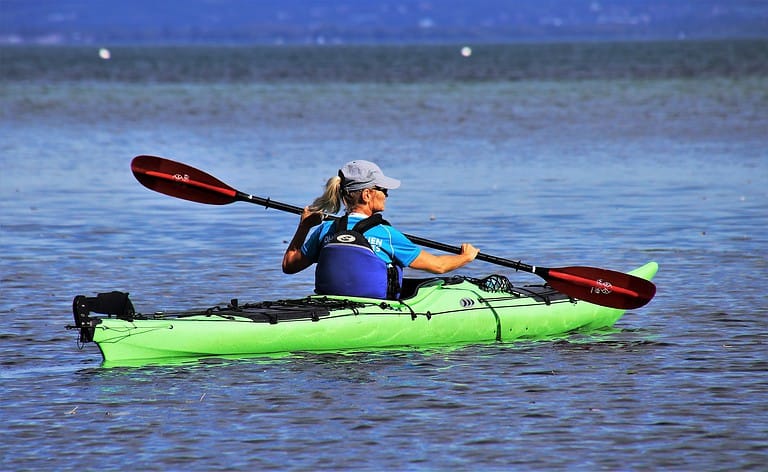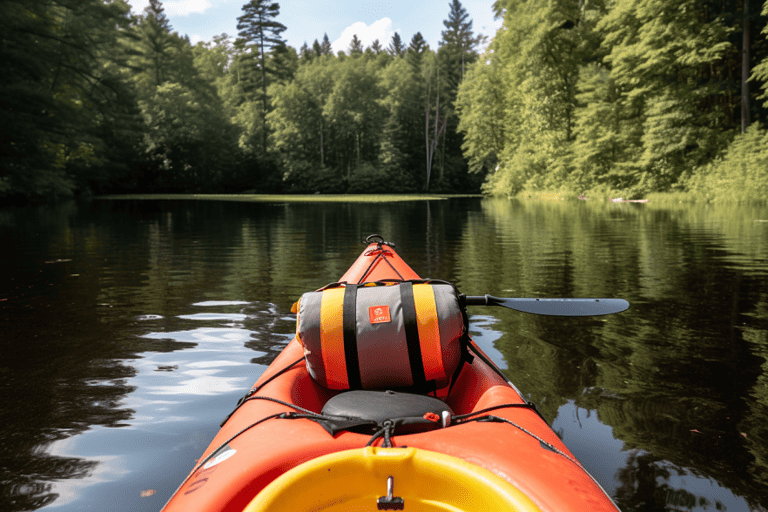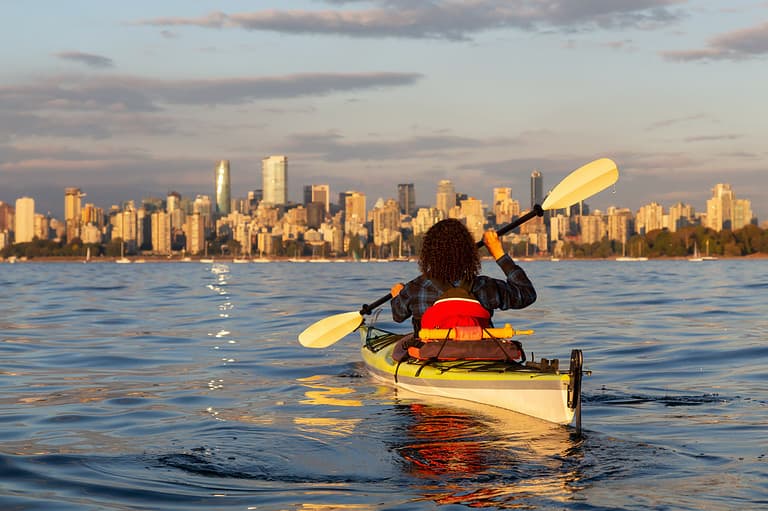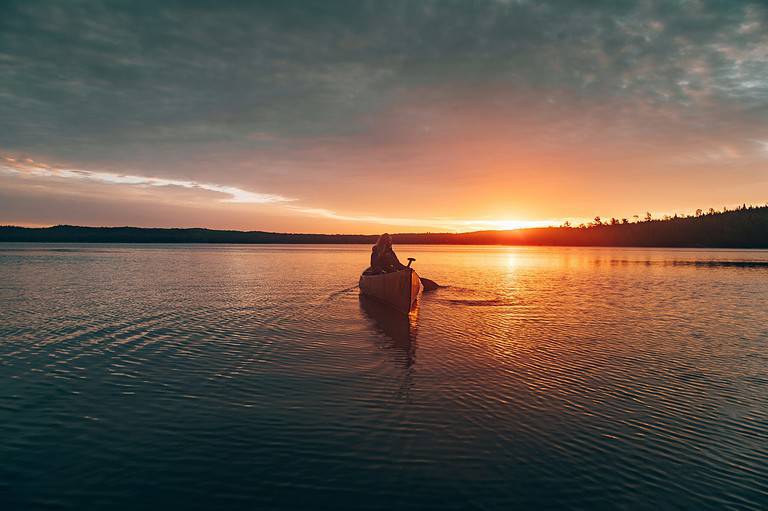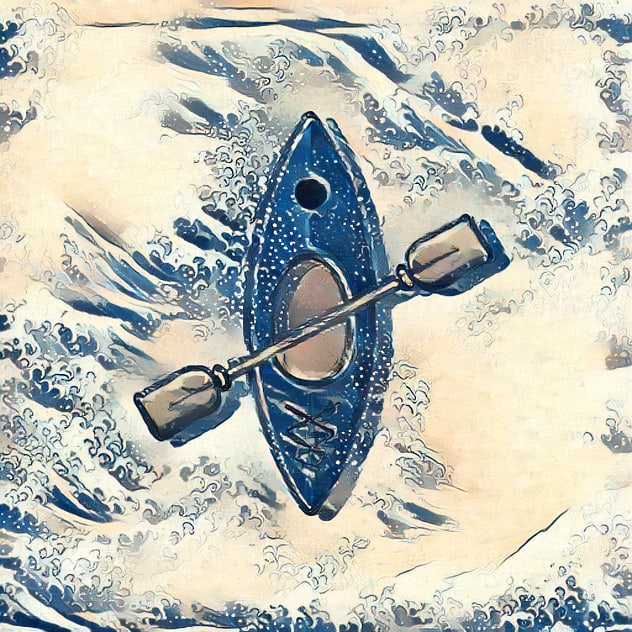Additional Tips For Sea Kayak Navigation
Navigating while sea kayaking is no easy feat. You must be prepared for the journey ahead, or you could find yourself in a tricky situation. As I paddle through the waters, I feel like I’m taking a leap of faith into the unknown – but with these additional tips for sea kayak navigation, you’ll have the confidence to take on any voyage! From understanding the basics of piloting to bringing safety gear, this article will give you a few essential pointers to make your journey smoother. So grab your compass, and let’s get ready to explore!
Understand the Basics of Piloting
You need to understand the basics of piloting to navigate a kayak successfully! Learning how tides, currents, and winds interact with the terrain is essential. It can be helpful to study maps in advance to know what obstacles to expect. You should also consider learning about the weather conditions in your area and predicting how they will affect your journey. Additionally, understanding the different types of landforms and their characteristics will help you anticipate potential hazards such as rocks or shallow areas. Reading currents can help you determine if you are always going in the right direction. By understanding these basics of piloting, you’ll have an easier time planning your route for a successful sea kayaking adventure.
Plan Your Route
Planning your route is essential for a successful kayaking experience, so let’s get started! Before you head out on the water, make sure to check the weather and research tides. This will help you assess risk and plan an enjoyable route that won’t leave you stuck in choppy waters or up against some unexpected current. Make sure to look at maps and charts of the area to ensure you have all the information necessary for your journey. Knowing where points of land are located can be especially helpful if you need to take a break or seek shelter from bad weather. Thinking ahead and preparing for any possible scenarios before beginning your trip is essential. With proper planning, you can navigate safely and enjoy your kayak adventure confidently!
Use a Map or Chart
Before heading out on the water, check out maps and charts of the area to get all the information you need for a successful trip. Maps and charts provide an essential tool for sea kayak navigation. Reading them can provide insight into areas that may be difficult or dangerous to navigate. They also help identify potential rest stops or places of interest along your journey. In addition to providing detailed topographical information, they are often accompanied by navigational aids such as buoys and markers, which will help you stay on course while paddling. Compass navigation is also essential when relying solely upon charts for guidance; pairing these two methods together will ensure you always know where you are going. After familiarizing yourself with the map or chart, it’s time to bring the right safety gear for your trip.
Bring the Right Safety Gear
Packing the essential safety gear for your venture is key to a successful and safe sea-faring experience! This includes learning to swim, having the ability to forecast weather conditions, having a lifejacket and whistle at all times, and bringing along essential items such as a first aid kit.
When heading out on a kayak trip, you must always have the appropriate safety gear. A personal flotation device (PFD) or lifejacket is an absolute must-have. It is also essential that you learn how to read weather forecasts so that you can prepare accordingly. Additionally, ensure you bring along a whistle in emergency situations; this will help alert any nearby boats or people of your presence if necessary. Lastly, don’t forget to pack a first aid kit filled with items such as bandages and antiseptics in case of minor injuries.
Frequently Asked Questions
Learning sea kayak navigation can be daunting, but with the right tools and knowledge, it doesn’t have to be. GPS tracking and chart plotting are two essential components that will give you the confidence to take your sea kayaking to the next level. GPS tracking provides a constant location update so you won’t get lost, and chart plotting allows you to plan out routes so you can enjoy your time on the water even more. By using both of these resources together, you’ll find yourself navigating with ease in no time.
Navigating hazards and charting routes are both essential elements of sea kayak navigation, yet they have their safety risks. From unpredictable weather to hidden rocks or strong currents, the potential for a hazardous situation is always lurking in the waters. As a kayaker, it’s important to stay vigilant by monitoring weather forecasts and familiarizing yourself with the terrain before heading out on your journey. Additionally, wearing proper life jackets and paddling with experienced friends can help keep you safe while exploring the waterways.
As a sea kayak navigator, I understand the importance of planning and preparing for unpredictable weather or currents. This means packing supplies that include extra layers of clothing, a waterproof jacket, and enough food to sustain me if I get stranded. It also means having an emergency kit with flares, a radio beacon, and other essential items. Additionally, I always carry a map or GPS device so that I can find my way back safely if I find myself in unfamiliar waters.
Lost at sea in a kayak is scary, but staying calm and focusing on sailing strategies can help. I remember the first time it happened to me – the feeling of being completely alone on an expanse of the open ocean far from shore was overwhelming, and it took all my strength not to panic. But instead of allowing fear to take control, I looked for visual cues like birds flying overhead or nearby boats as potential signs of land. Even if these weren’t visible, I could get myself back on track by maintaining a steady course and monitoring the subtle changes in wind direction and current. Above all else, keeping my wits about me was essential. By relying on my own experience and navigational skills I found my way back home safe and sound.
As an experienced sea kayaker, finding reliable rental services is key when planning a navigation excursion. Safety protocols should always be followed and understanding the local regulations and laws in navigation is paramount. When selecting a rental service for your journey, look for one with positive reviews from past customers who have rented from them before. Ensure they are knowledgeable about their product and provide detailed information about safety protocols that must always be adhered to. Lastly, ensure you feel comfortable with the staff and that there is a sense of belonging amongst the group needing to rent equipment. With these tips in mind you’ll be able to find the perfect place for renting sea kayaks for navigation.
Conclusion
Wrapping up, sea kayak navigation can seem daunting. However, with the right knowledge and planning, it’s a safe and exciting adventure. Statistics show that people who practice proper navigation techniques are three times less likely to encounter an emergency while on the water. With these tips, you can confidently explore the open waters with peace of mind. So grab your map and paddle, and hit the waves!


